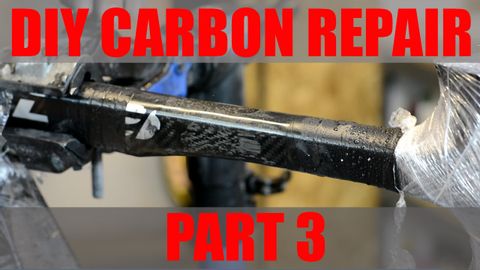DIY碳素修復第3部分 (DIY Carbon Repair Part 3)
 沒有此條件下的單字
沒有此條件下的單字US /ɛnˈtaɪr/
・
UK /ɪn'taɪə(r)/
- adj.全體的 ; 完全的;未分割的;全緣的 (植物學)
US /ˈbesɪkəli,-kli/
・
UK /ˈbeɪsɪkli/
- v.t.毀滅;破壞;使破産;使身敗名裂
- n. (c./u.)廢墟;毀滅;毀壞;(尤指經濟上的)崩潰;破產
US /ˈprɛdətɚ, -ˌtɔr/
・
UK /'predətə(r)/
- n. (c.)掠奪者 ; 食肉動物;捕食者;掠奪者;掠奪性企業

